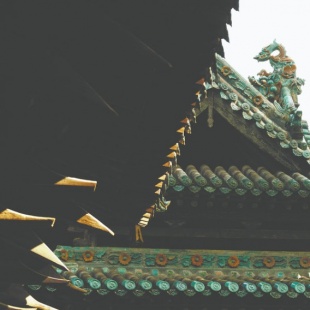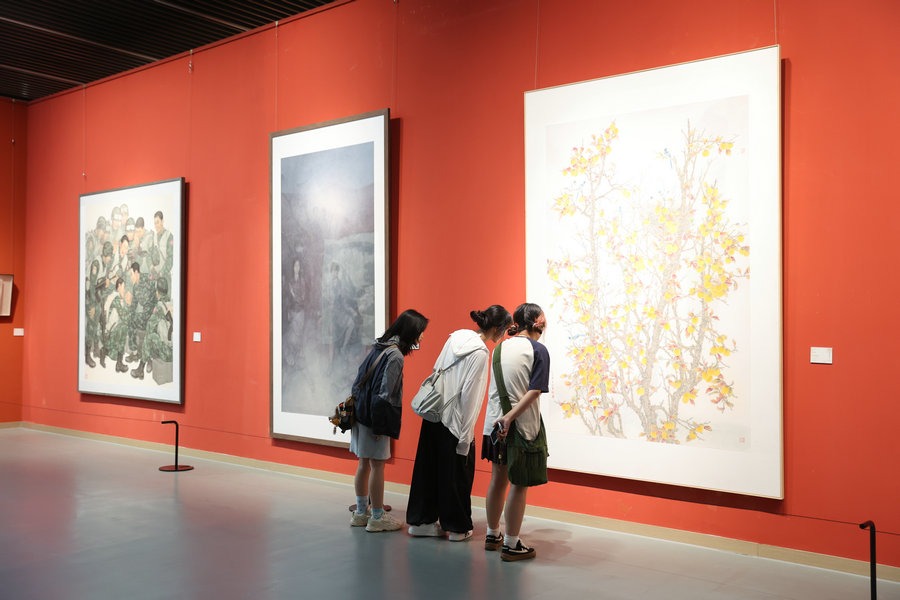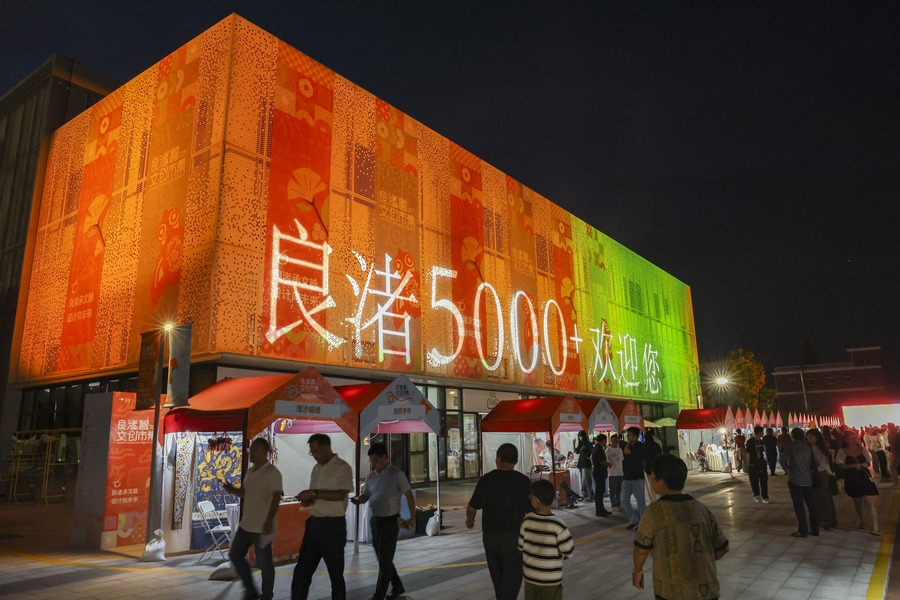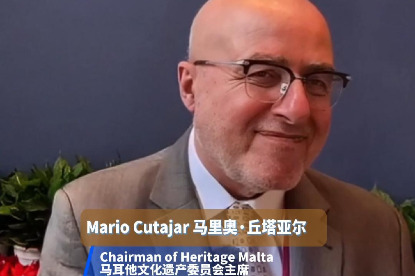Ancient heartbeat of a modern nation
Captivating architecture and stunning craftsmanship reveal Shanxi as a window into China's enduring soul, Michael Rhys Card reports in Taiyuan.

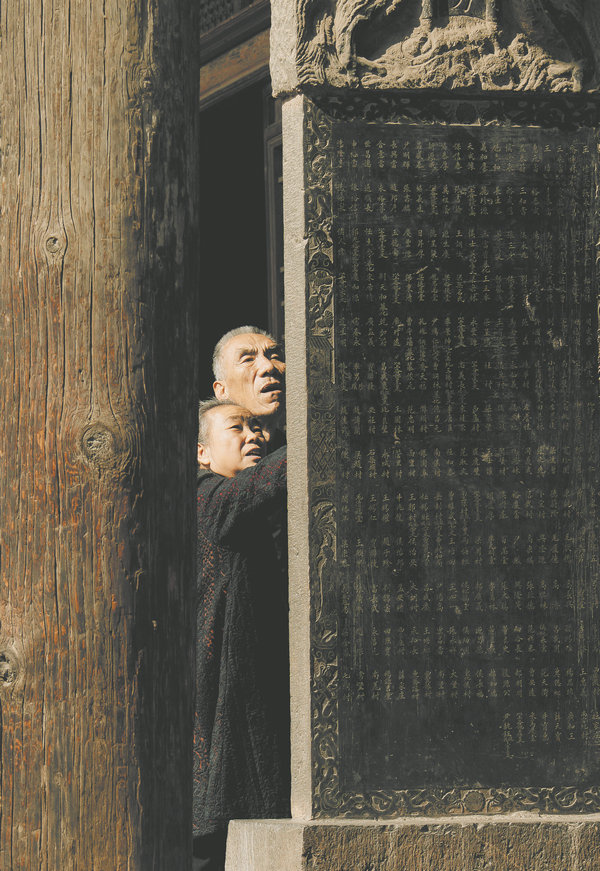
At Jinci Temple, near Taiyuan, the Sage Mother Hall rises from a grove of ancient cypress trees. Built during the Song Dynasty (960-1279), its dougong — the interlocking wooden brackets that define traditional Chinese architecture — shows a subtle grace and fluidity, precursors to the heavier and more codified forms of later dynasties. Standing there, it's easy to see how architectural ideas evolved, like language shifting through time, adapting yet holding on to core principles.
Architecture in Shanxi does more than display artistry; it conveys philosophy. The great compounds, temples and banks of the region form a moral landscape, one built on Confucian ideals that still resonate today.
At the Wang Family Compound, for example, morality is literally built into the walls. Stone carvings and murals depict scenes of filial piety and virtue. These visual lessons align with the Confucian belief that a family's home reflects its ethics — that structure and morality are one and the same.
The Rishengchang Draft Bank, in nearby Pingyao, embodies a different virtue: honesty. Founded during the Qing Dynasty (1644-1911), it was China's first modern financial institution, pioneering a nationwide remittance system that relied on trust as much as capital. Its unadorned courtyards, built for function rather than display, speak to a pragmatic integrity that helped shape Chinese commerce.


